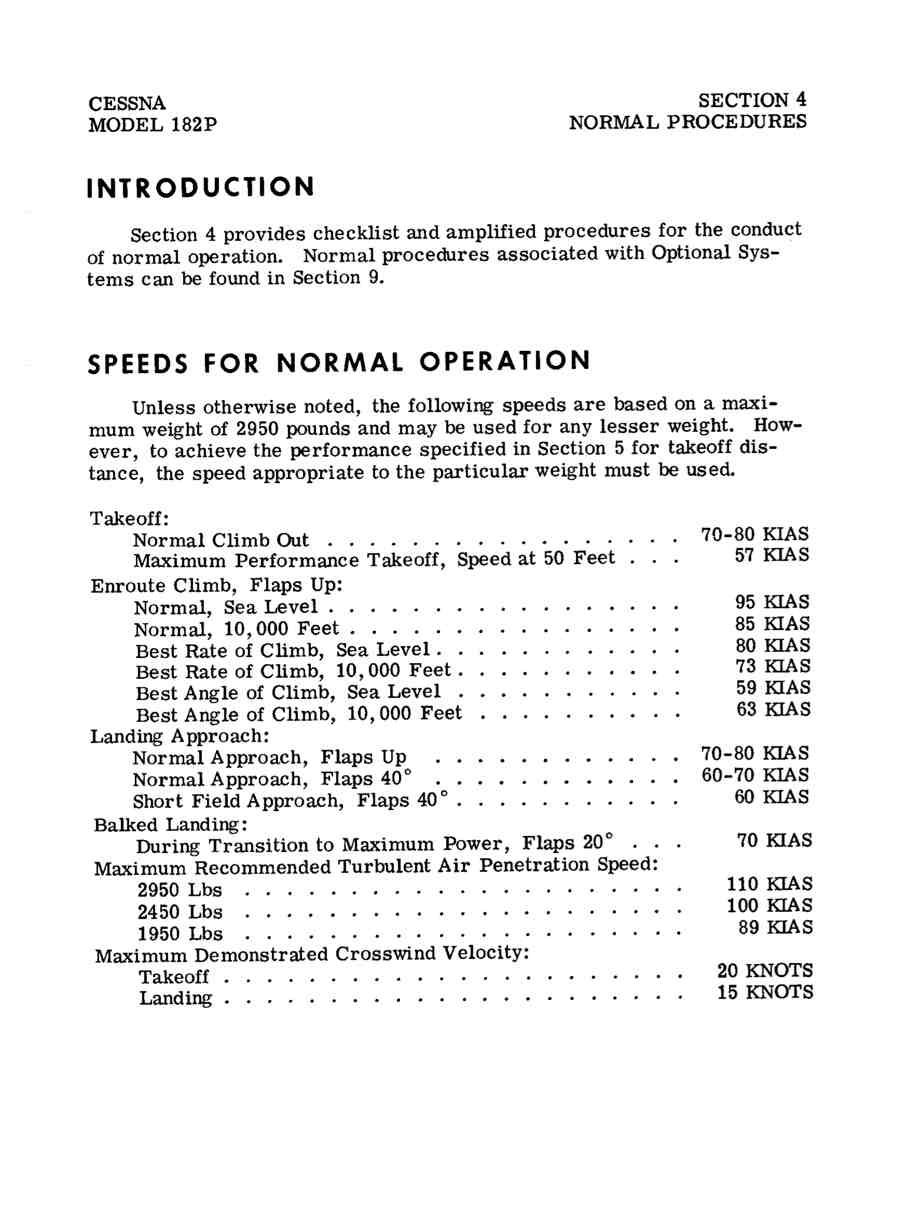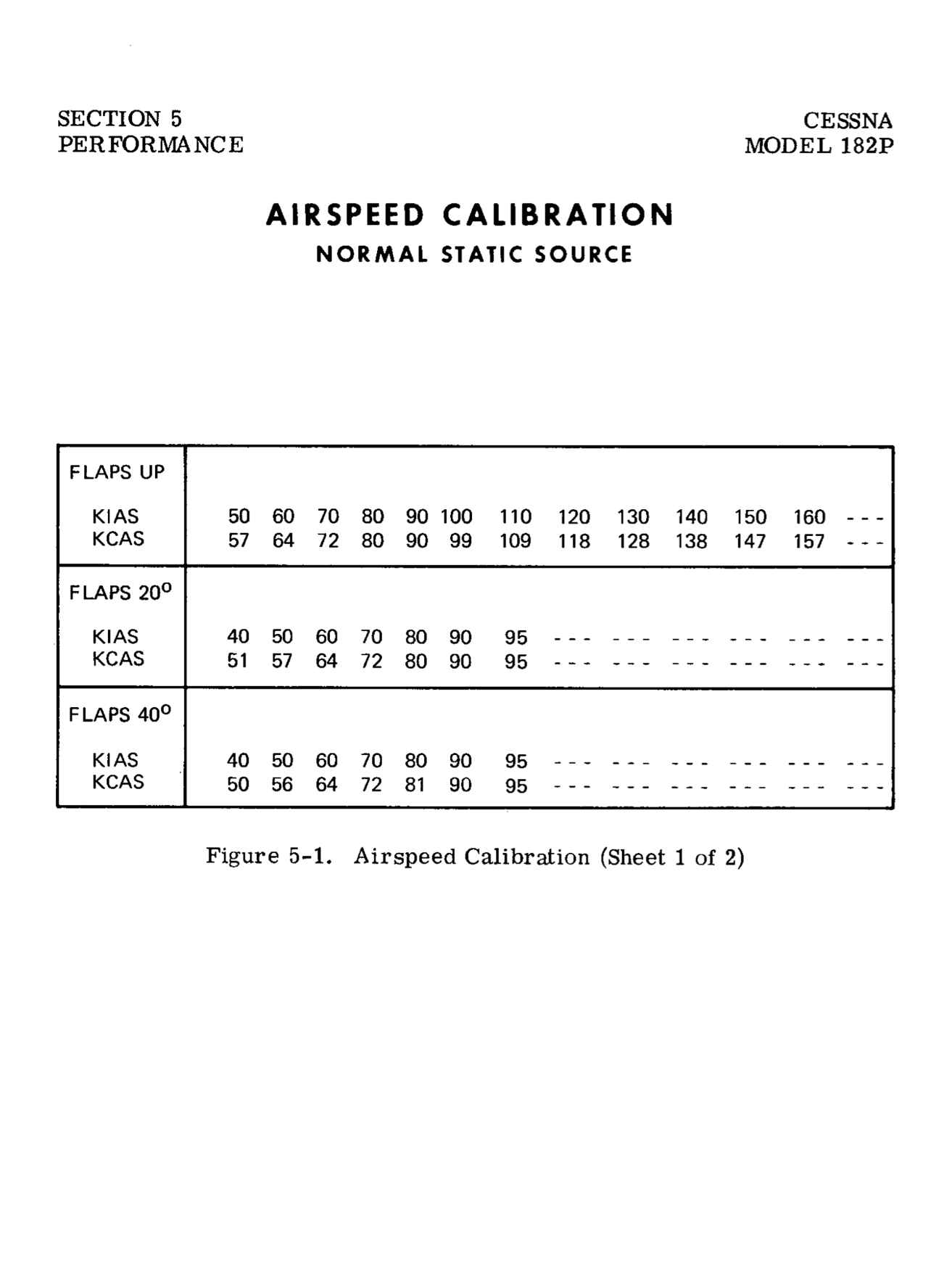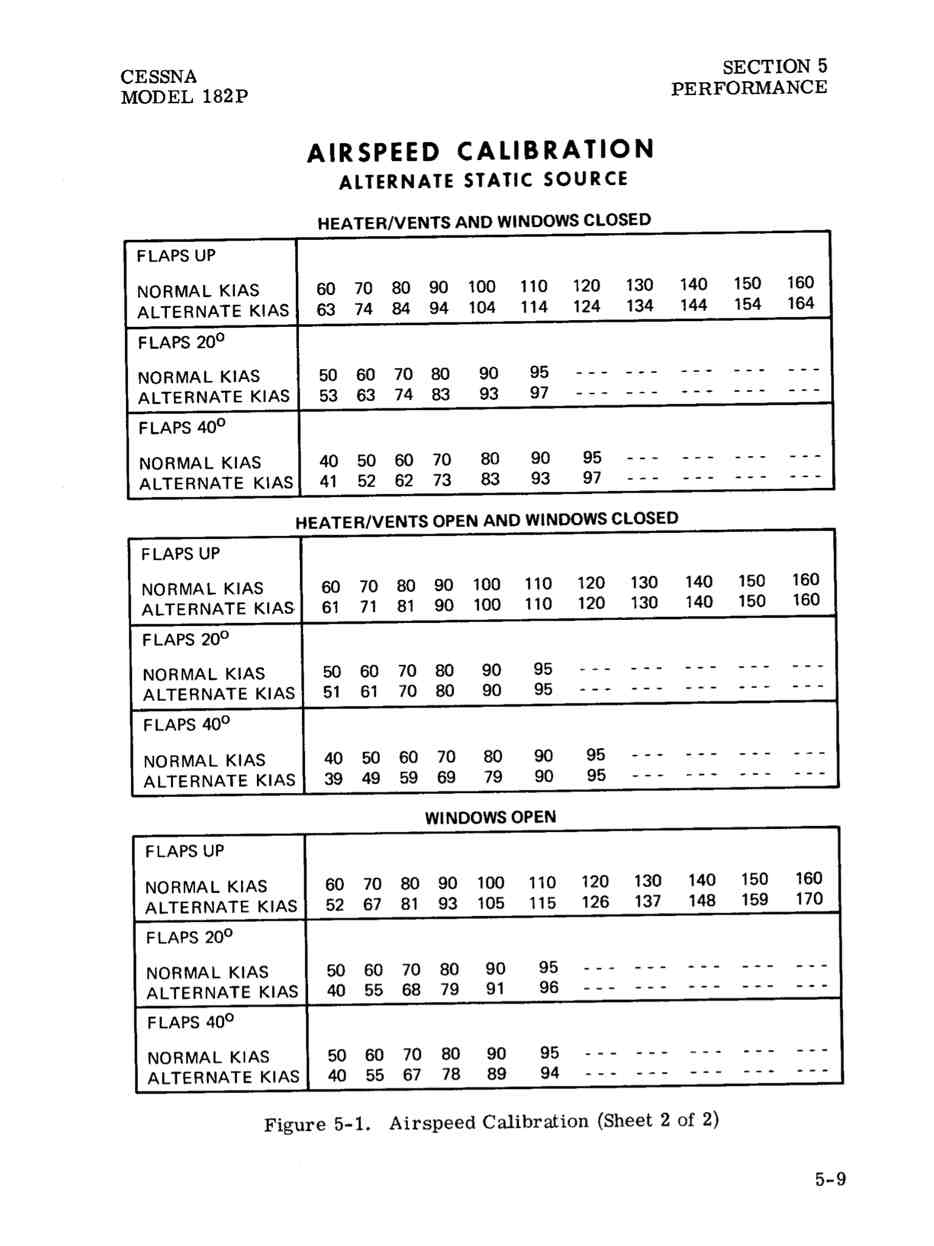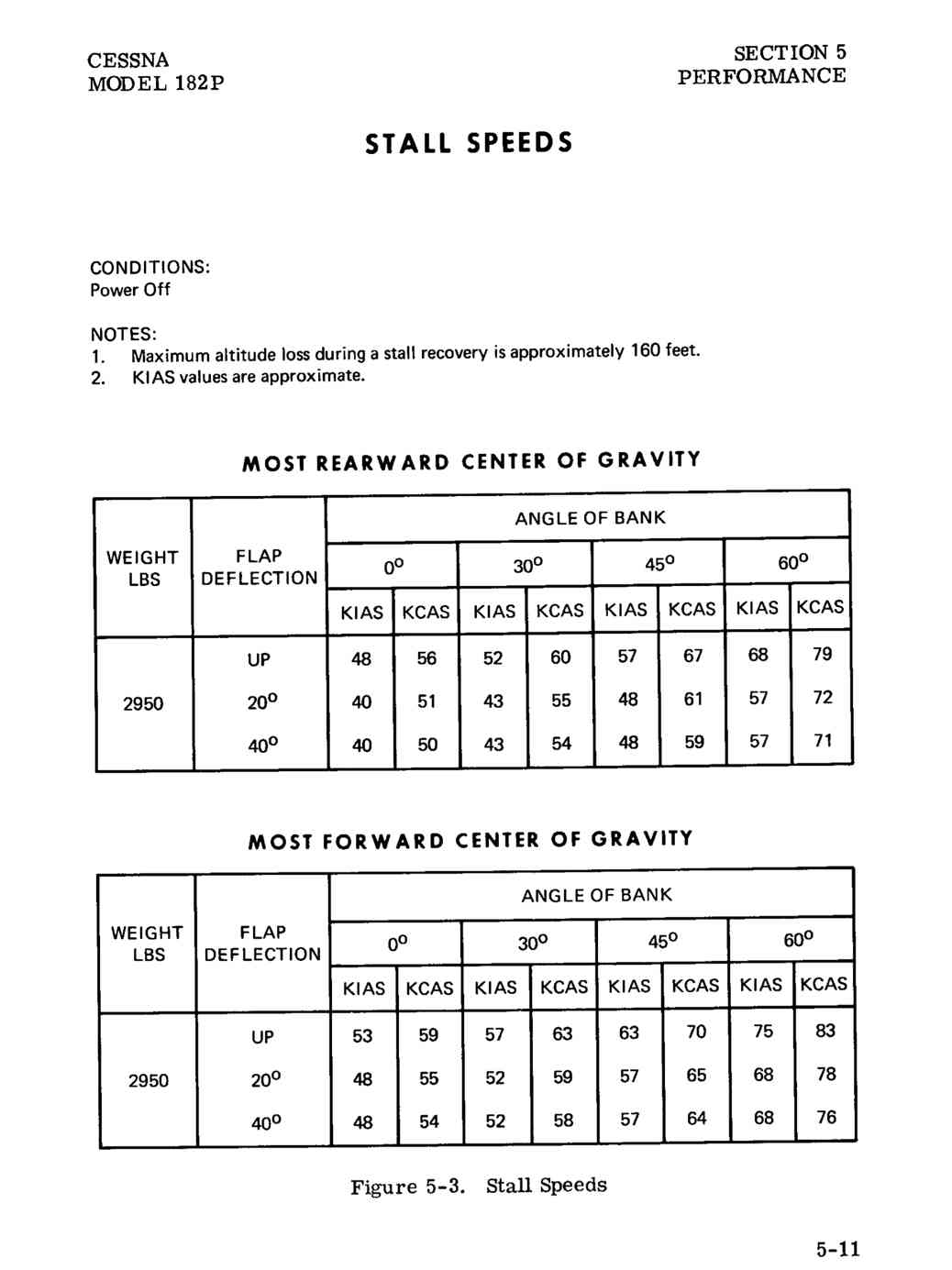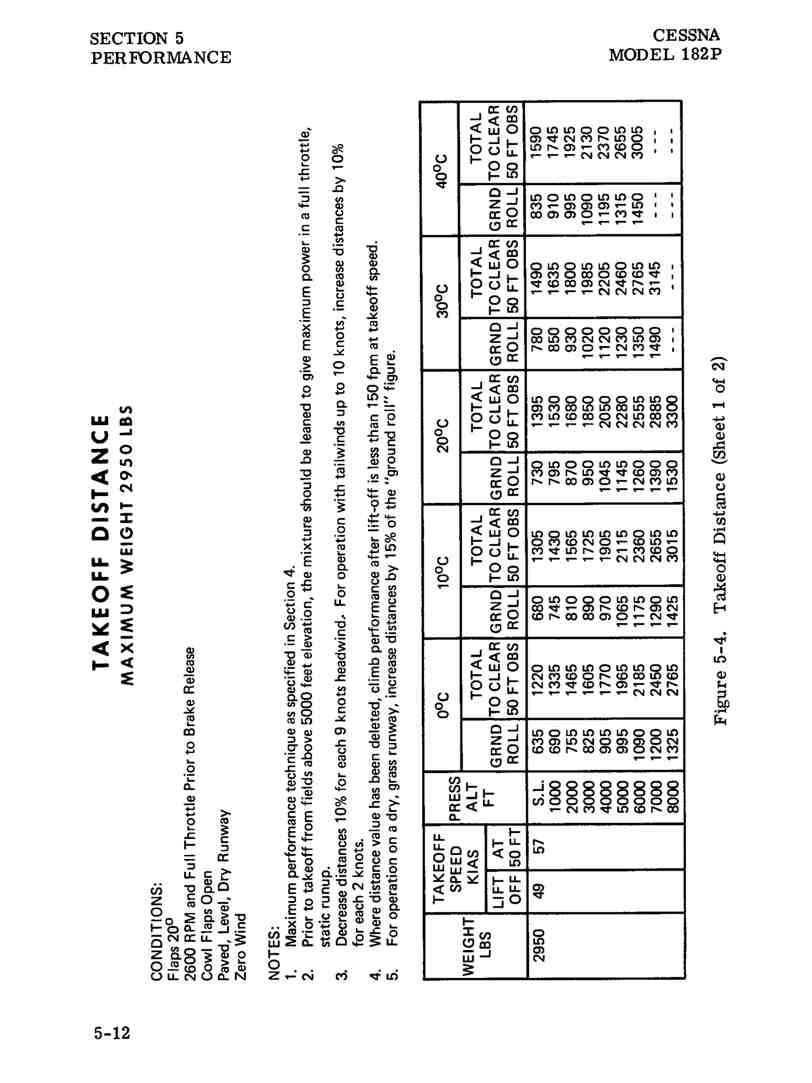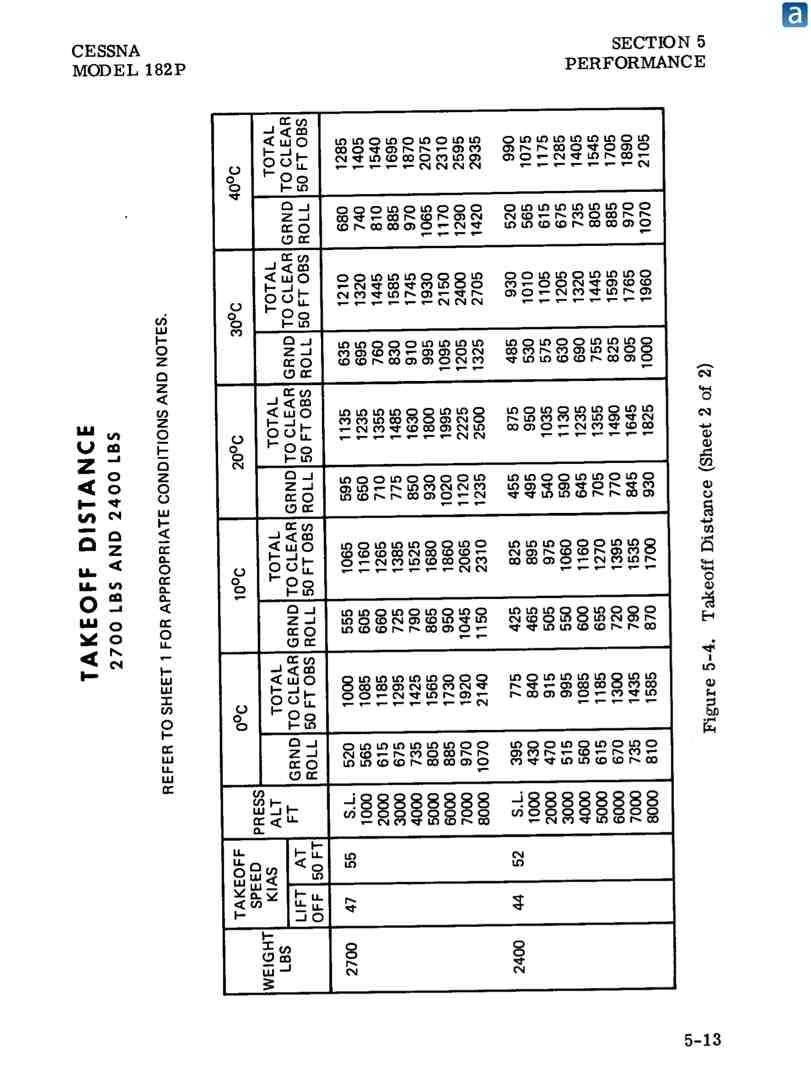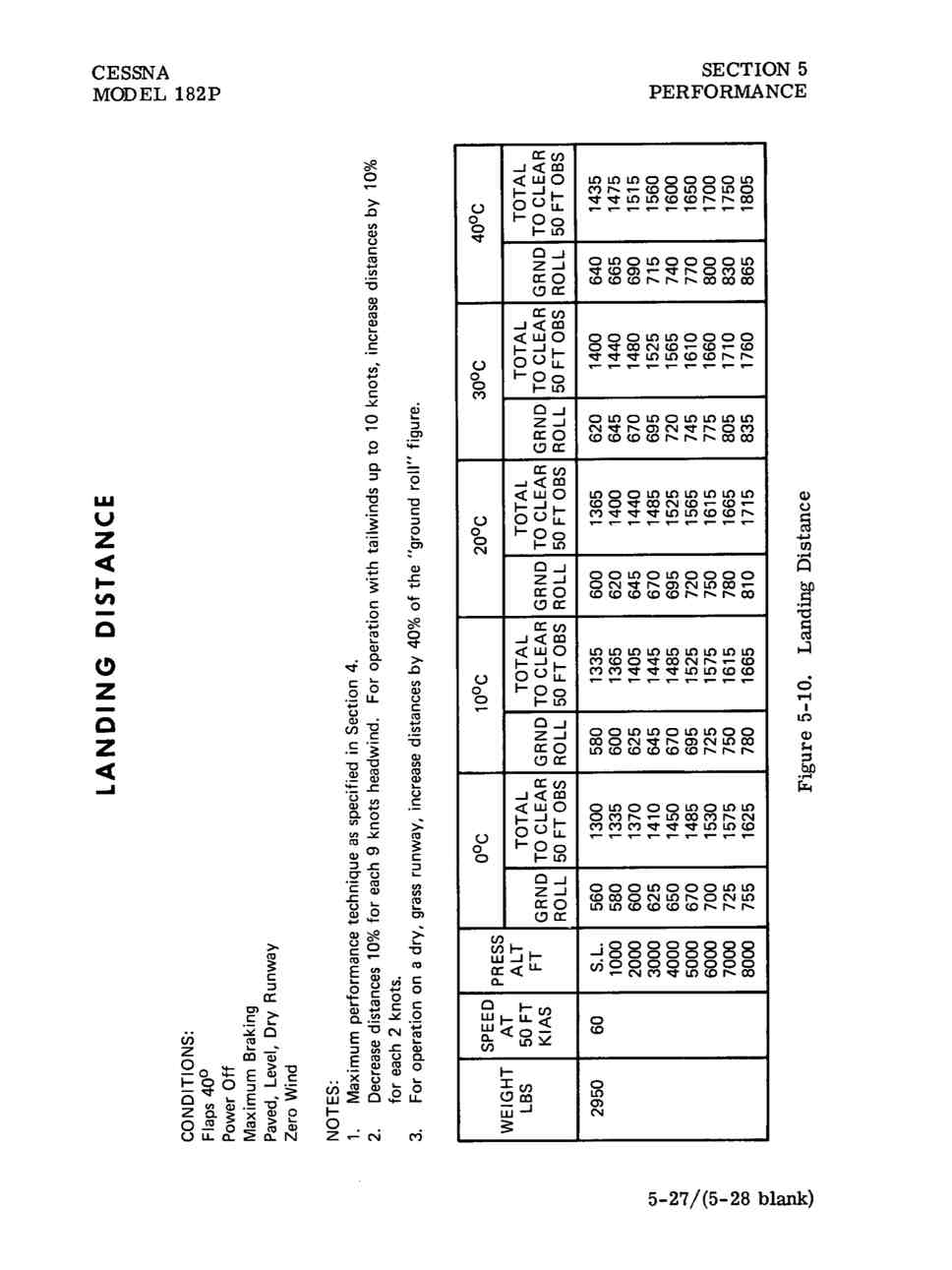DesertNomad
Pattern Altitude
I trained and earned my PPL in a 172. I have 90 hours now.
Three hours into my PPL training, I went to Africa and got 35 hours in a 182 (12 of which I was flying it), but none of this time is logged (thus not counted in my 90 hours). In Africa, I didn't do any t/o or landings but I flew the pattern a bit - didn't really mess with the throttle or prop control much at all, but I got comfortable at cruise with it.
Now I have started 182 (HP) training. I only have 3 hours and 4 landings - just two hops KRNO (4415') - KFLX (3966') in the past couple of weeks. My landings today were both at about 100°F. In Reno it was Rwy 25 with wind 220@15G21.
I am finding the landings a bit difficult. I want to flare too high, and I don't feel like I have great directional control over the runway once I get to 5-15 feet or so... maybe because I am flaring high and then relaxing it a bit to let it get down whereupon I also tend to get sloppy on directional control with the crosswind.
I think it is more that the extra weight just has more momentum and is less responsive than the 172. The sink rate seems higher overall.
Any tips for this transition? I am flying final at 80mph and am leaving some throttle a tad longer than I do in the 172.
Three hours into my PPL training, I went to Africa and got 35 hours in a 182 (12 of which I was flying it), but none of this time is logged (thus not counted in my 90 hours). In Africa, I didn't do any t/o or landings but I flew the pattern a bit - didn't really mess with the throttle or prop control much at all, but I got comfortable at cruise with it.
Now I have started 182 (HP) training. I only have 3 hours and 4 landings - just two hops KRNO (4415') - KFLX (3966') in the past couple of weeks. My landings today were both at about 100°F. In Reno it was Rwy 25 with wind 220@15G21.
I am finding the landings a bit difficult. I want to flare too high, and I don't feel like I have great directional control over the runway once I get to 5-15 feet or so... maybe because I am flaring high and then relaxing it a bit to let it get down whereupon I also tend to get sloppy on directional control with the crosswind.
I think it is more that the extra weight just has more momentum and is less responsive than the 172. The sink rate seems higher overall.
Any tips for this transition? I am flying final at 80mph and am leaving some throttle a tad longer than I do in the 172.

